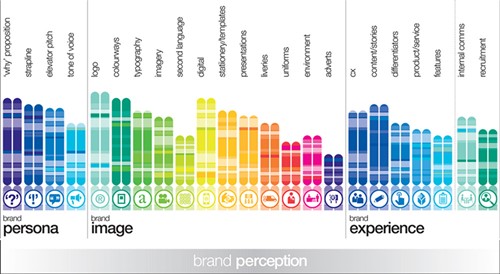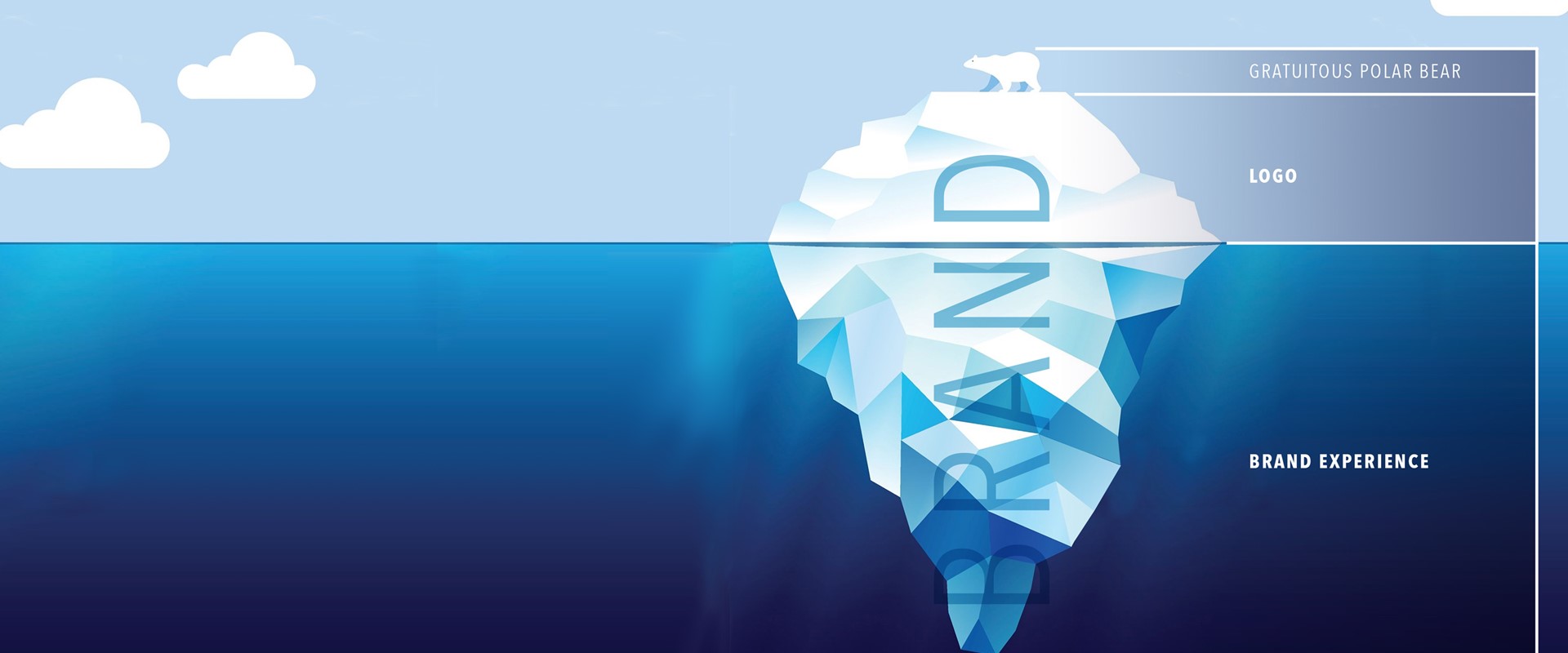We’re currently helping a professional services firm to refresh their brand as part of a strategy to grow a business that’s been around since 1948. They want to reposition the business as a more dynamic and progressive company in a field that is, by its nature, somewhat dry at best. We’re focusing on a refresh because we have to strike a tricky balance of modernising the identity without losing the brand equity and recognition built up in over 70 years of trading during which they’ve been successful, built a solid reputation and an established client base - we naturally don’t want to upset or lose all this value. So we’re talking about ‘evolution not revolution’.
This was a phrase coined during an exploration workshop, the initial phase of our delivery process, which was a session with all the partners, the marketing team and our consultants to really get under the skin of the organisation in terms of what they do, who they work with and where they add value. Most importantly we to try to get them to focus on their ‘why’. This is the essential factor behind all successful brands, according to marketing guru Simon Sinek.
“Very few people or companies can clearly articulate WHY they do WHAT they do. By WHY I mean your purpose, cause or belief - WHY does your company exist? WHY do you get out of bed every morning? And WHY should anyone care? People don’t buy WHAT you do, they buy WHY you do it.”
Defining the organisation’s why will help them stand out in what is, in this instance, a very crowded landscape with very little to differentiate many of the players, certainly in their particular geographic and service offering space. To do this we carried out a simple key word exercise within the workshop to define how and why they do what they do. This can sometimes throw up some anomalies, but was reassuringly consistent in this case with everyone essentially in agreement.
We then compared the outcomes of this exercise, which essentially encapsulated the views of the directors, with those of customers and employees which is the acid test really - do they measure up? If not, and it does happen, you can have a real problem as they’re not ‘walking the talk’. We looked at the findings of a fairly extensive research exercise we’d carried out prior to the workshop which asked clients and staff to rate the business across 40 criteria from range of services to quality of delivery, and softer factors such as responsiveness, communications and personality. Fortunately the feedback was all very positive, with the business rated as excellent and even exceptional overall, putting them in a very strong position to confidently pursue their growth strategy.
In our discussions around the creative brief for the rebrand, as well as the question of finding the balance between evolution versus revolution, we considered what elements of the existing identity we could potentially retain for a sense of continuity, the parts that should be changed, ideas such as a secondary language that could be used to support the brand and the importance of consistency in application. This is key for any effective brand to build cumulative impact and I make no apology for once again quoting brand guru Wally Olins:
“Branding is about creating and sustaining trust which means delivering on promises. The best and most successful brands are completely coherent. In everything the organisation does, owns and produces it should project a clear idea of what it is. This is achieved by consistency in purpose, performance and appearance.”
It’s important to recognise that branding is more than just a logo. It’s the whole experience of engagement from the visual and tangible to the intangible aspects of the experience. We define these factors collectively as the brand’s DNA.

A fundamental understanding of branding will tell you that a brand is a bridge between an audience and an offer, which essentially boils down to ‘who are we talking to’ and ‘what do we do’. But it’s the ‘why we do it’ that communicates the value proposition (which needs to be delivered), the personality of the brand (which needs to be authentic) and the reason to choose you over your competitors. The brand should then be the foundation block upon which all marketing should build. This will see increased recognition of the brand and, as long as you deliver on your promises, grow your reputation building value into the brand.

